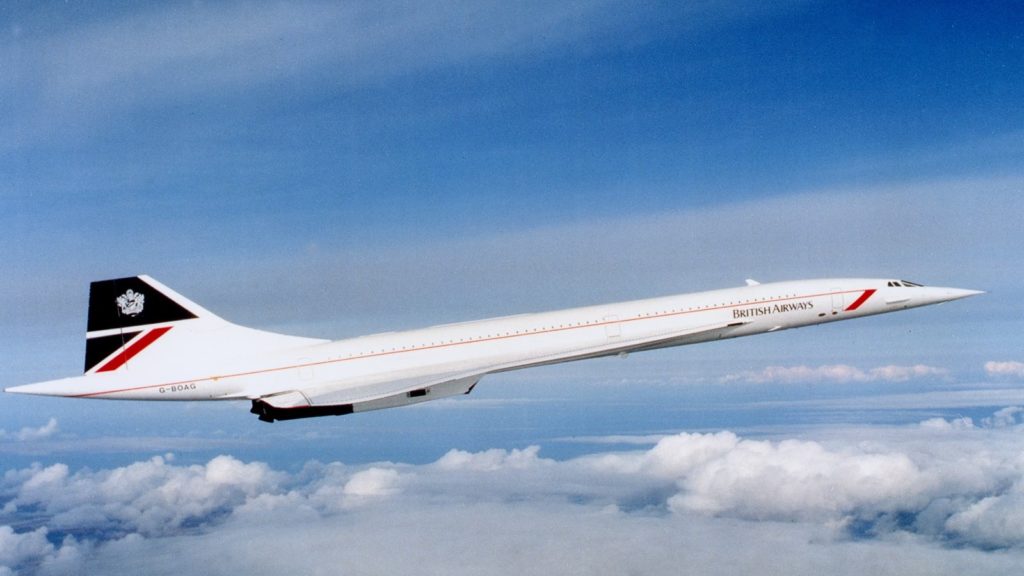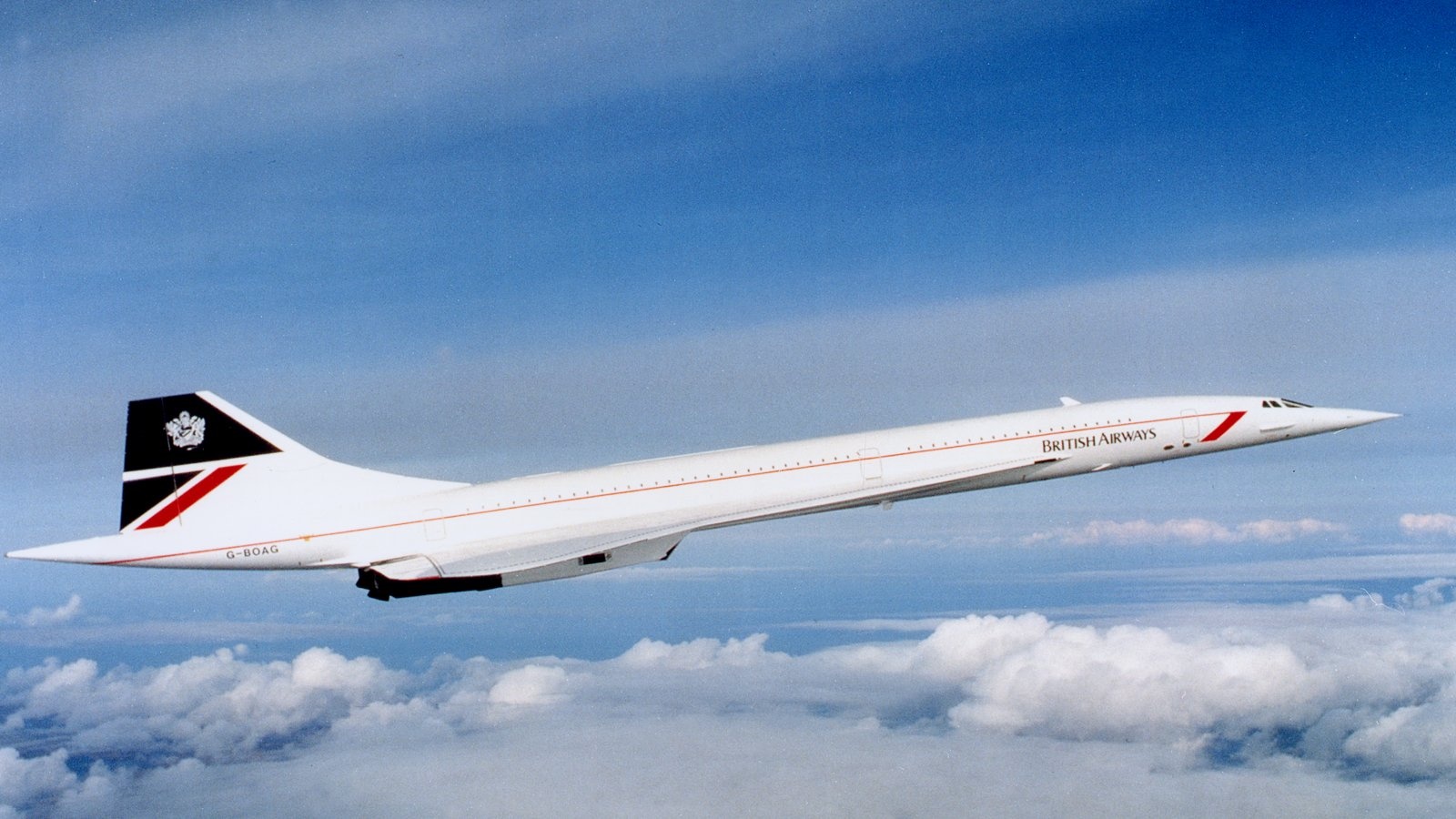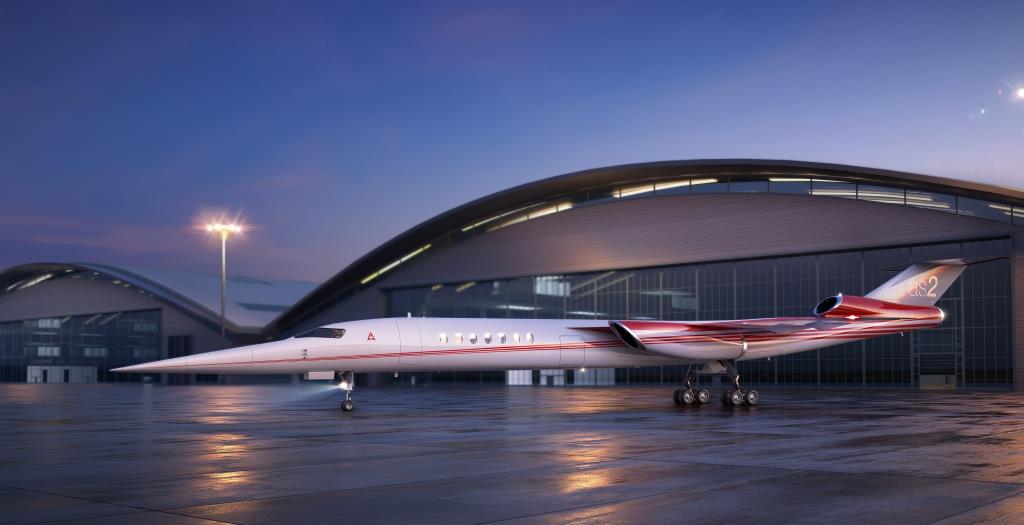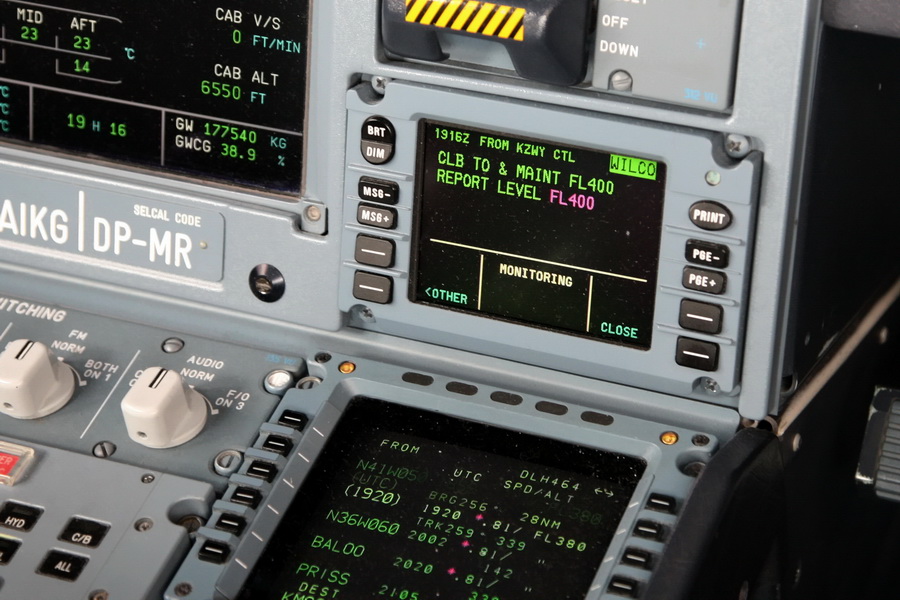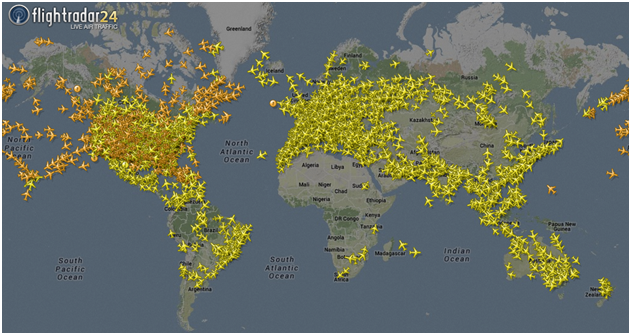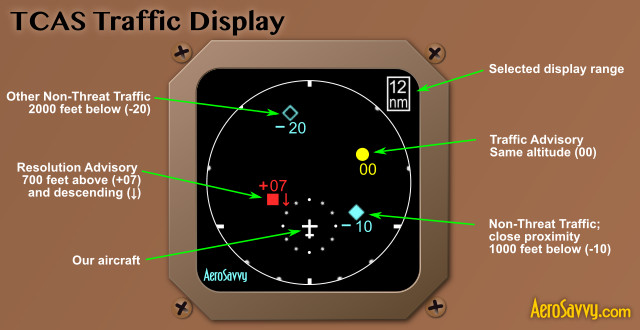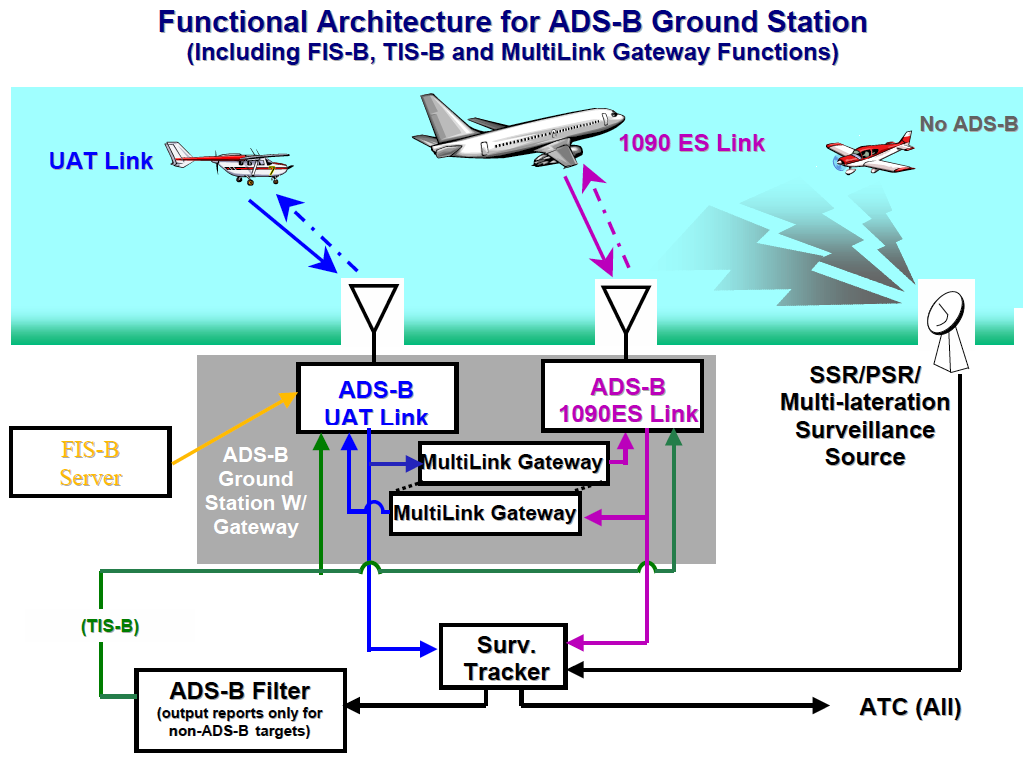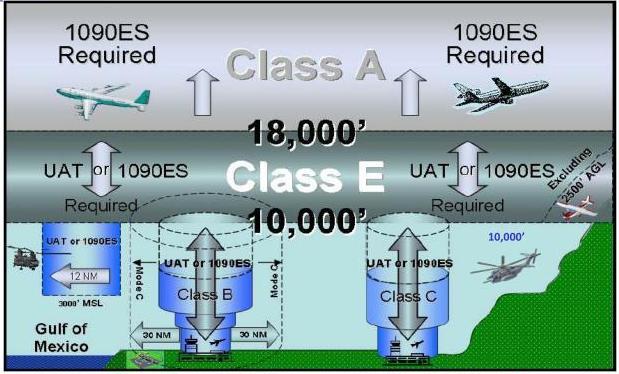Leeham News and Analysis
There's more to real news than a news release.
Bjorn’s Corner: Supersonic transport revival, Part 3
August 24, 2018, ©. Leeham News: In the last Corner we discussed how supersonic wave drag can be higher than any other drag for a blunt fuselage trying to fly at supersonic speeds. If we try to fly supersonically with a Dreamliner fuselage, the volume wave drag is four times as large as the whole Dreamliner drag when flying at its normal cruise speed.
Besides wave drag based on bodies volumes we also have wave drag when we angle lift surfaces like wings against air to create lift.
Bjorn’s Corner: Supersonic transport revival, Part 2
August 17, 2018, ©. Leeham News: In the last Corner we outlined several challenges facing a supersonic airliner or business jet.
We will now go through these challenges one by one. We start with the aerodynamic challenge.
Bjorn’s Corner: Supersonic transport revival
August 10, 2018, ©. Leeham News: The interest in civil supersonic flight has been revived in the last years. Aerion Supersonic is well advanced with its AS2 supersonic business jet and there are several projects looking at restarting supersonic airliner service, 15 years after the Concorde stopped flying.
We will examine the unique challenges facing these projects in a series of Corners.
Bjorn’s Corner: Largest navigation change since radar, Part 8
 August 03, 2018, ©. Leeham News: In seven articles we have discussed the largest change in how air navigation is done since the Second World War when Radar was invented.
August 03, 2018, ©. Leeham News: In seven articles we have discussed the largest change in how air navigation is done since the Second World War when Radar was invented.
It’s time to summarize the changes and what it will mean for how we fly in the future.
Bjorn’s Corner: Largest navigation change since radar, Part 7
July 27, 2018, ©. Leeham News: Last week we discussed new air navigation procedures which can benefit from the universal adoption of ADS-B.
Now we shall discuss some other needed developments for air navigation. The complement, and long-term replacement, of radio traffic with text messages.
Bjorn’s Corner: Largest navigation change since radar, Part 6
July 20, 2018, ©. Leeham News: Last week we discussed how a TCAS (Traffic Collision Avoidance System) works and how ADS-B will improve the system.
Now we discuss other areas of aircraft navigation and separation which are enabled when all players have ADS-B and transmit their 3D position and where they are going.
Bjorn’s Corner: Largest navigation change since radar, Part 5
July 13, 2018, ©. Leeham News: Last week we discussed ADS-B in capabilities and how the US second channel at 978MHz brings the bandwidth for many useful services.
Before we discuss what improvements in navigation ADS-B will bring long-term, let’s sidetrack to describe the present Traffic Collision Avoidance System (TCAS) and why it’s eventual replacement with ADS-B will improve air safety further.
Bjorn’s Corner: Largest navigation change since radar, Part 4
July 06, 2018, ©. Leeham News: Last week we discussed the different forms of ADS-B out and the reason FAA went for a second channel for the US ADS-B.
We also discussed the basic ADS-B in function, Traffic (TIS-B). Now we discuss the added functionality of the ADS-B in on 978MHz, the UAT link.
Bjorn’s Corner: Largest navigation change since radar, Part 3
June 29, 2018, ©. Leeham News: Last week we explained ADS-B out, the mandatory equipment needed from 2020 for flying in the US Airspace where a C-type transponder is needed today.
Now we continue with describing the ADS-B in, the listening capability of the system, which is nonmandatory. It offers exciting possibilities, however.
Bjorn’s Corner: Largest navigation change since radar, Part 2
June 22, 2018, ©. Leeham News: Last week we started a series of Corners that deal with the largest navigation change since VOR and Radar was introduced after the Second World War.
It’s about leaving radars and transponders to keep track of where aircraft are, letting an ADS-B transmitter/receiver in the aircraft take over this role.


